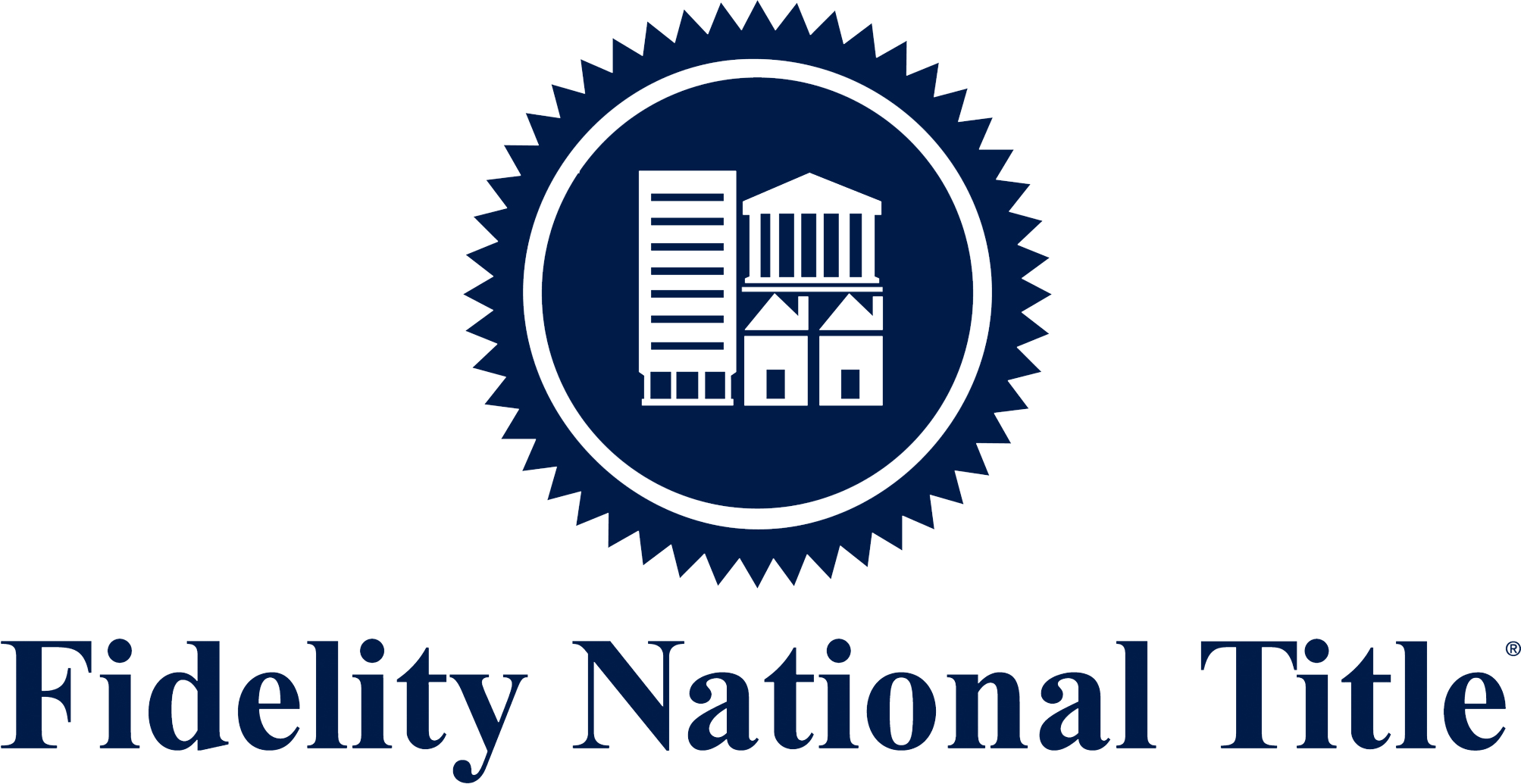Subcontractors are typically paid directly from construction loan draws once their work is completed and verified. The contractor bundles sub invoices with the draw request to the lender, and once inspection confirms work is complete, funds are released and used to pay subs. This protects everyone because payment is tied to verified work completion.
Subcontractor Payments in Construction Lending: A Complete Guide
Getting subcontractors paid is one of the most critical functions in construction project management. When subs don't get paid, projects stop. Trust breaks down. Relationships deteriorate. Understanding how subcontractor payments work from the draw system is essential for any construction professional.
The Subcontractor Payment Chain
Here's how the money flows:
Lender → Contractor (via draw) → Subcontractors
The lender releases draw funds to the contractor. The contractor is responsible for distributing those funds to subcontractors who performed the work. The contractor keeps their portion as the general contractor fee.
This flow works well when everyone understands their role and fulfills their obligations. It breaks down when communication isn't clear, when work is incomplete, or when lien waivers are missing.
Understanding Lien Waivers: Your Payment Safeguard
A lien waiver is a legal document in which a contractor, subcontractor, or supplier waives their right to file a lien against the property. It's the mechanism that makes subcontractor payment work.
How it works:
A subcontractor completes their portion of the work (let's say, electrical). They submit an invoice for $50,000 to the general contractor. Before getting paid, they sign a lien waiver confirming they've received payment and won't file a lien.
Without the lien waiver, the sub could complete the work, not get paid, and then file a lien against the property. This lien would encumber the property and could be enforced in court, potentially forcing a sale to recover the unpaid amount.
The lien waiver protects the lender (and the property owner) from this risk.
The Subcontractor Payment Process: Step by Step
Step 1: Sub Completes Work Subcontractor completes their portion of the project according to the construction schedule and specifications.
Step 2: Sub Submits Invoice Subcontractor submits an invoice to the general contractor detailing:
- What work was completed
- The cost of that work
- The time period the invoice covers
- Request for payment
Step 3: GC Includes Sub Invoice in Draw Request The general contractor collects invoices from all subs who completed work during this phase and includes them in the draw request to the lender. The draw request includes:
- GC's cover invoice summarizing the total request
- Individual sub invoices detailing what each sub did
- Allocation of funds showing how much each sub is getting paid
- Lien waivers from prior phase (showing prior subs were paid)
- Completion photos showing work
Step 4: Lender Reviews for Completeness The lender reviews the draw request to ensure:
- All required documents are included
- The total request doesn't exceed the approved budget
- All subs from the previous phase have provided lien waivers
- The allocation makes sense given the completed work
Step 5: Inspection Verifies Work Inspector visits the site and verifies that:
- The work claimed in the draw request is actually complete
- The work quality meets standards
- The percentage of completion matches what's being paid
Step 6: Lender Approves Draw If everything checks out, the lender approves the draw and releases funds to the general contractor.
Step 7: Contractor Pays Subs The general contractor receives the draw funds and distributes payment to each subcontractor according to the allocation in the draw request. This payment is typically:
- ACH transfer directly to the sub's bank account
- Check sent to the sub
- Virtual card the sub can use for expenses
Step 8: Subs Sign Final Lien Waivers Before receiving final payment (or sometimes as a condition of receiving the draw payment), subcontractors sign lien waivers confirming they've been paid for their portion of the work.
The lender collects and files these lien waivers. They become part of the permanent record of the project.
Why Lien Waivers Matter So Much
Lien waivers are absolutely critical. Without them:
- Subcontractors could claim they weren't paid even if they were, and file liens
- The lender wouldn't have legal proof that subs were paid
- The property could have multiple liens against it, creating title problems
- The borrower could face legal disputes with subs long after the project is complete
That's why lenders require lien waivers from all subs before approving each draw.
Types of Lien Waivers:
| Type | When Used | What It Means |
|---|---|---|
| Conditional Lien Waiver | Before payment is made | Sub waives lien rights conditioned on receiving payment |
| Unconditional Lien Waiver | After payment has been received | Sub confirms they've been paid and permanently waives lien rights |
| Progress Lien Waiver | For partial payment during a project phase | Sub waives lien rights for work completed to date |
| Final Lien Waiver | After final payment when project is complete | Sub confirms final payment received and waives all lien rights permanently |
Lenders typically require unconditional final lien waivers from all subs before releasing final draw funds.
Managing Subcontractor Payments at Scale
If you're managing a single project, tracking sub payments is manageable. But if you're a lender managing 20 projects with 100+ subs across all projects, payment management becomes complex fast.
This is where automated payment systems come in. Sekady, for example, can:
- Track which subs are working on which projects
- Manage lien waiver collection digitally
- Ensure all prior lien waivers are on file before approving new draws
- Allocate draw funds across multiple subs
- Initiate payments to subs using multiple payment methods
- Track which subs have been paid for each draw
- Alert you if a sub has two draws funded but only one lien waiver on file
Without this automation, tracking becomes an administrative nightmare.
Common Subcontractor Payment Issues (And Solutions)
Issue 1: Sub Claims They Didn't Get Paid Sub says they never received payment even though records show payment was sent.
Solution: Track payment delivery. Use payment methods that provide confirmation (ACH with confirmation number, bank records, payment tracking). Keep detailed records of when and how each payment was made. Digital payment systems like Sekady create timestamped records of every payment.
Issue 2: Missing Lien Waiver Draw is ready to approve, but you don't have lien waiver from the electrician who worked on the prior phase.
Solution: Lien waiver collection should be proactive, not reactive. Require lien waivers before approving payment. Create a digital system where subs can sign waivers electronically. Sekady's platform makes lien waiver collection part of the draw approval workflow—you can't approve the next draw until all prior lien waivers are on file.
Issue 3: Over-Payment General contractor receives a draw and distributes it, but payment amounts don't match what was approved.
Solution: Create a clear allocation in the draw request showing exactly how much each sub should receive. Use digital payment systems that enforce the allocation—if $50,000 is allocated to electrical, only $50,000 can be paid to the electrician.
Issue 4: Incomplete Work Getting Paid General contractor claims work is 100% complete to get the draw, but it's only 80% complete. He pays subs for 100% of their work even though they only did 80%.
Solution: Independent inspection before draw approval. The inspector verifies actual percentage complete. The draw can only be for the verified percentage. If GC claims 100% but inspector verifies 80%, the draw is capped at 80%. This forces the contractor to wait until work is actually complete.
Issue 5: Sub Liens Filing After project completion, a subcontractor files a lien claiming they weren't paid, even though records show they were.
Solution: Maintain meticulous documentation. Collect unconditional final lien waivers from every sub. Keep these waivers in a secure digital system (not just paper files). Sekady maintains digital lien waiver records that can't be lost or misplaced.
Payment Methods for Subcontractors
Modern construction draws support multiple payment methods:
ACH Transfer
- Most common method
- Fastest (1-2 business days)
- Low cost
- Best for subs with bank accounts
- Digital records automatically created
Wire Transfer
- For urgent payments or large amounts
- Same-day or next-day transfer
- Higher cost
- Good for time-critical situations
Check
- For subs who prefer traditional payment
- Takes 3-5 business days to arrive
- Creates paper trail
- Slower but still valid
Virtual Payment Cards
- Load a prepaid card with specific amount
- Sub uses card like a debit card
- Gives lender control over spending
- Good for multiple smaller subs
Digital Wallets
- Growing option
- Subs receive payment to PayPal, Venmo, or similar
- Increasingly popular with smaller subs
- Modern and quick
ACH is typically the default because it's fast, cost-effective, and creates digital records. But offering multiple methods improves contractor and sub relationships.
The Role of the General Contractor in Sub Payments
The general contractor is the middleman in the payment chain. They:
- Collect sub invoices
- Verify subs have done the work claimed
- Include subs' invoices in the draw request
- Manage the allocation of draw funds to subs
- Distribute payments from the draw
- Collect lien waivers
This places a lot of responsibility on the GC. If the GC is unethical or disorganized, subs don't get paid even if the lender provides funds.
This is why lenders increasingly want visibility into the GC's payment practices. Some lenders require:
- Direct sub payments instead of paying through the GC
- Digital payment records from the GC showing what each sub received
- Sub confirmations of receipt before each draw is released
These protections reduce the risk that subs do work but don't get paid.
Best Practices for Managing Subcontractor Payments
1. Create a clear allocation in every draw request Specify exactly how much each sub will receive from the draw. No ambiguity. Everyone knows their number.
2. Require invoices for every draw Don't pay a sub twice. Require a current invoice for each draw showing what work they completed during this specific phase.
3. Collect lien waivers proactively Don't wait until the end of the project. Collect lien waivers after each draw. Make it part of the payment approval process.
4. Verify sub work independently Don't rely on the GC to verify sub work. Have an independent inspector verify each sub's work before approving payment.
5. Use digital payment methods when possible ACH, wire, and digital wallets create records that can't be denied. Checks are harder to track.
6. Maintain detailed payment records Create a permanent record of every payment to every sub. Include date, amount, payment method, confirmation, and lien waiver. Keep these records for years—they might be needed if disputes arise.
7. Use a platform that manages the entire process Managing sub payments manually through spreadsheets and email is inefficient and error-prone. Sekady manages the entire workflow: draw requests, sub allocations, payment initiation, and lien waiver tracking.
Subcontractor Payment Disputes: Prevention and Resolution
Despite best practices, disputes sometimes arise. Here's how to handle them:
Dispute Type: Sub Claims Non-Payment Sub says they never received payment for a draw.
Prevention: Use payment methods that provide confirmation (ACH with bank confirmation, wire with confirmation number). Require sub to confirm receipt before releasing next draw.
Resolution: Pull the payment record from your bank. Show confirmation that payment was sent to the sub's account. If payment was sent to a wrong account, issue a stop payment and resend to correct account.
Dispute Type: Amount Disagreement Sub claims they were owed $50,000 but only received $40,000.
Prevention: Have a clearly documented allocation in the draw request. Get sub to confirm the amount before paying.
Resolution: Review the draw request to show what amount was approved. Review the allocation to show what was promised. If the amount is correct per the draw request, explain that to the sub. If there's an error, issue a supplemental payment.
Dispute Type: Lien Filing Sub files a lien despite having received payment.
Prevention: Collect unconditional final lien waivers from all subs before paying final amounts. File these waivers with the county so they're official record.
Resolution: Produce the signed, unconditional lien waiver. File a response to the lien claim. This usually causes the lien to be released because the sub has already waived their right to file.
Scaling Subcontractor Payments
If you're a contractor managing 20 active projects with hundreds of subs, managing payments manually becomes impossible. You need systems that:
- Track which subs are active on which projects
- Manage multiple payment methods
- Integrate with draw systems
- Automate lien waiver collection
- Create audit trails
- Produce reports showing payment history
- Flag issues before they become problems
Sekady handles all of this. It becomes the single source of truth for all subcontractor payments across your entire portfolio.
Conclusion: Sub Payments Are Critical to Project Success
Projects don't complete without subcontractors. Getting subcontractors paid is how you ensure they do good work and show up on time. Understanding how sub payments tie to the draw system is essential.
Clear draw requests, independent verification, proper allocations, reliable payment methods, and collected lien waivers are the recipe for smooth sub payments. When these are in place, projects run smoothly and relationships stay strong.
Ready to improve your subcontractor payment process? Learn more about how Sekady streamlines payments and lien waiver management by visiting our FAQ page or contact us for a demo.




